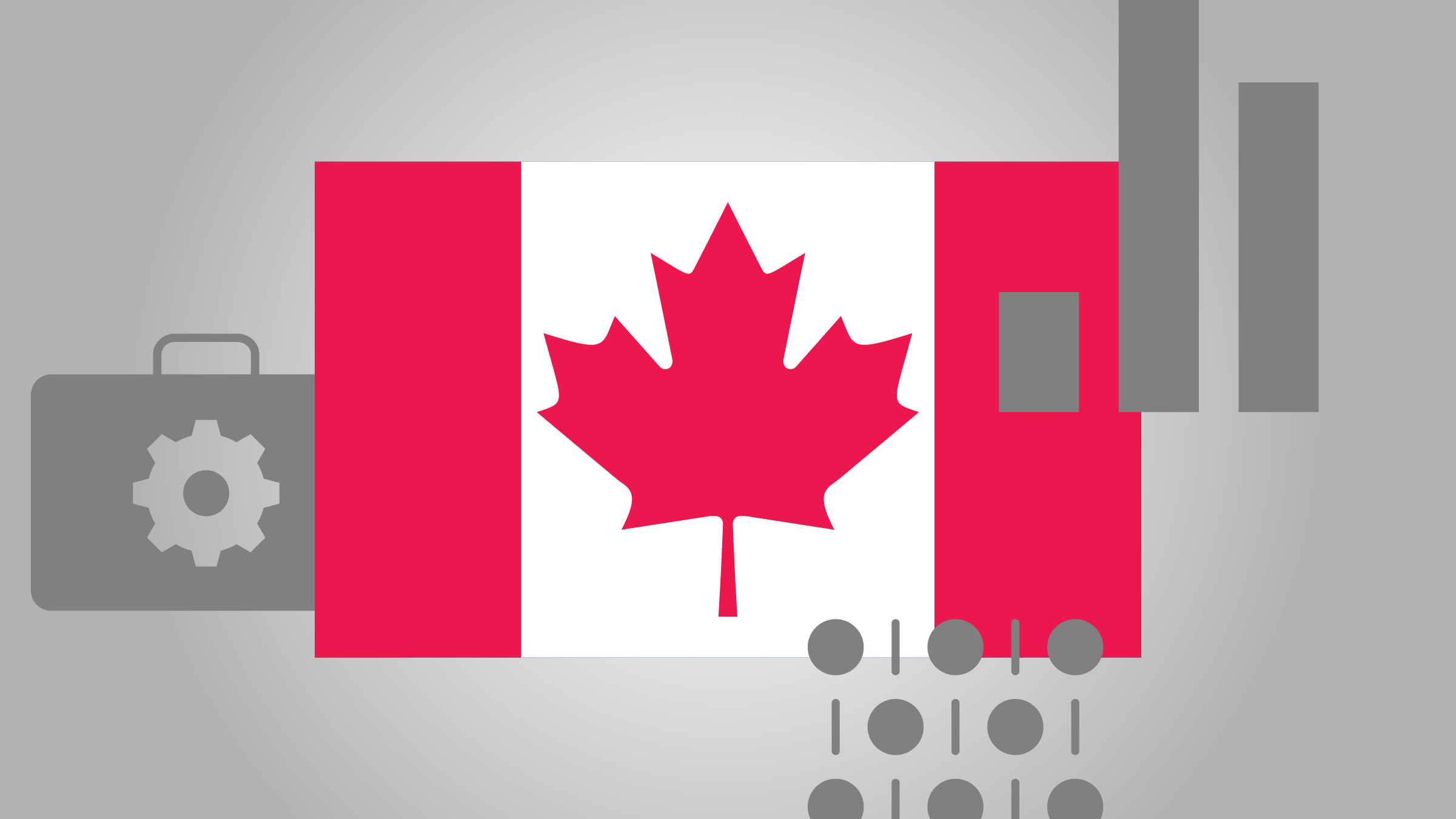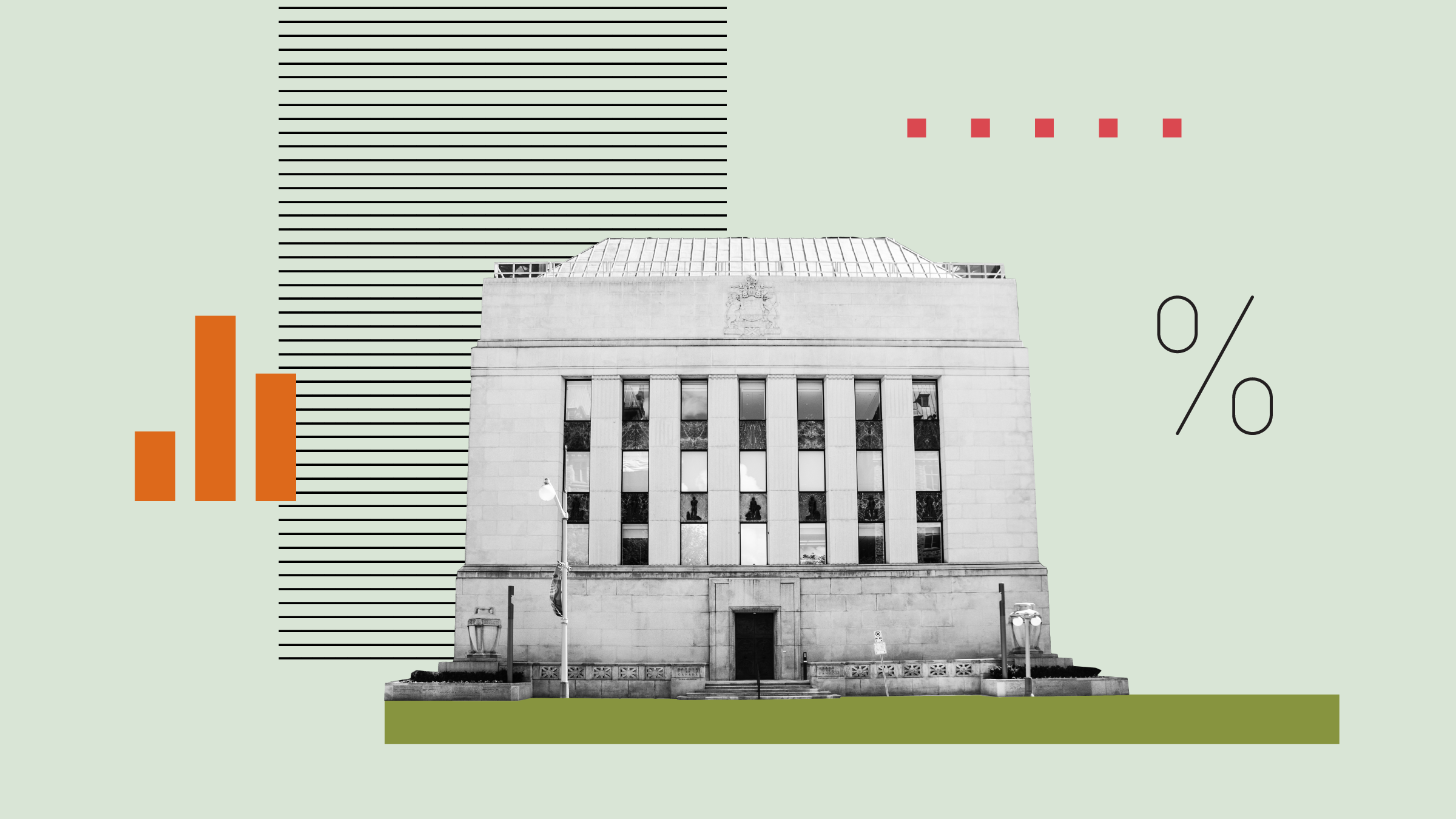Under CEO Mike Pearson's leadership since February 2008, Valeant Pharmaceuticals International Inc. VRX has an impressive history of accretive acquisitions. They've driven investors' total annualized return on the stock to more than 55% over the past five years.
Recent acquisitions include the US$8.7-billion purchase of Bausch + Lomb last year, which Valeant has merged into its existing eye-care businesses. The newly integrated Bausch + Lomb division has since attained impressive organic sales growth of 10% in the fourth quarter of 2013 and has played a big part in helping Valeant achieve year-over-year revenue growth of 122% in its developed-markets segment and 77% for its emerging-markets segment.
Valeant's latest acquisition target, Allergan Inc., AGN is its largest so far and can possibly become the largest takeover in Canadian history. In his letter to Allergan's CEO and board of directors, Pearson proposed an initial offer to acquire the Botox-maker for roughly US$45 billion in a cash and stock deal. Allergan has formally rejected that offer and strongly opposes the takeover bid. Valeant's latest offer has been revised upwards to US$58.30 per share and 0.83 shares of Valeant common stock, which makes the deal worth roughly US$54 billion.
Activist investor Bill Ackman and his hedge fund Pershing Square, Allergan's largest shareholder with a 9.7% stake, strongly support the deal. Ackman has agreed to take only stock consideration in the transaction and has also committed to being a long-term significant shareholder in the combined company if the deal goes through.
Valeant expects to achieve at least US$2.7 billion in annual cost synergies if the transaction is completed, with 80% realized in the first six months and the remainder in the following 12 months. This figure does not include possible revenue synergies which could significantly add to the initial US$2.7-billion assessment.
The company has an impressive track record of surpassing initial synergy-claim estimates of its past deals. For instance the Bausch + Lomb acquisition is expected to realize US$900 million in annual synergies by the end of 2014 compared to Valeant's earlier estimate of at least US$800 million.
Other examples include Valeant's acquisition of Medicis, which the company now says has resulted in approximately US$300 million in annual synergies compared to an initial figure of US$225 million. Finally, the merger with Biovail led to annual synergies of US$350 million versus an original expectation of US$175 million.
Allergan's leading product, Botox, had 12% revenue growth in 2013 but can expand even further with this deal. Valeant claims it has the opportunity to increase Botox revenues, especially in emerging markets where it has a very strong sales and distribution network. Valeant is quite familiar with markets of the wrinkle-fighting neurotoxin, as it was the distributor of Botox in Poland for Allergan from 2005 to 2008. Moreover, it is the distributor for Botox competitors, Dysport and Aloxi in Serbia and Croatia, respectively.
In a presentation delivered by Valeant and Pershing Square, which outlined the proposed Allergan deal, Ackman listed a number of reasons why Valeant fits his firm's investment criteria. One of those reasons is the focus on durable health-care products that make up most of Valeant's revenue. Unlike patent-cliff products, which have a limited time for product exclusivity and superior revenues, durable products do not depend on patent periods for their market position and have revenues that are much more resilient.
Furthermore, Valeant's durable product mix consists of a number of categories including prescription, over-the-counter, medical devices and generics. This results in a diversified product portfolio where the top 10 products comprise only 18% of the company's revenues, compared to larger pharmaceutical companies such as Merck MRK and Pfizer PFE that have their top 10 products contributing nearly 50% of total company revenues. This results in a much lower product-concentration risk than the traditional large pharma company.
Ackman stated another reason for his interest in a long-term stake in Valeant stock is the company's decentralized operating model. Valeant is based in Quebec but has operations in more than 100 countries.
But how do you strictly manage the vast number of different regions and teams around the world? Valeant's answer is that you don't. The company employs a structure that limits executive staff and micro-management of individual regions. This is intended to empower regional managers to perform rapid decision making with authority to dictate the product mix, price and distribution in their local areas.
Valeant's stock has been popular over the past couple of years, particularly for growth-oriented investors, due to its high rate of reinvesting profits and consistently positive earnings per share momentum.
However, Valeant's valuation characteristics have risen so much that the stock should be considered a "buy" only for the most aggressive growth investors and inappropriate to own at all for value-oriented investors. Its price-to-book ratio is roughly eight times, which is quite expensive compared with an industry median of 2.9 times and much higher than its historic P/B median of 3.6 times. Furthermore, Valeant's trailing price-to-earnings ratio is about 18 times, which is higher than that of many Canadian stocks.
Although its history of transactions has been quite successful, Valeant's aggressive acquisition strategy can be unpredictable and may expose the firm to integration and operational risks. Additionally, Valeant uses a significant amount of debt to finance acquisitions, some of which is floating-rate debt that exposes the company to interest rate hikes in the future.
This does not mean Valeant's price multiples are sure to contract in the near future, especially if the company continues to successfully complete acquisitions while creating significant shareholder value. If the Allergan acquisition is completed and if Valeant can inject synergies into the newly formed company, there is hefty potential for shareholder return, albeit at the expense of some considerable risks. None of which are cosmetic.















